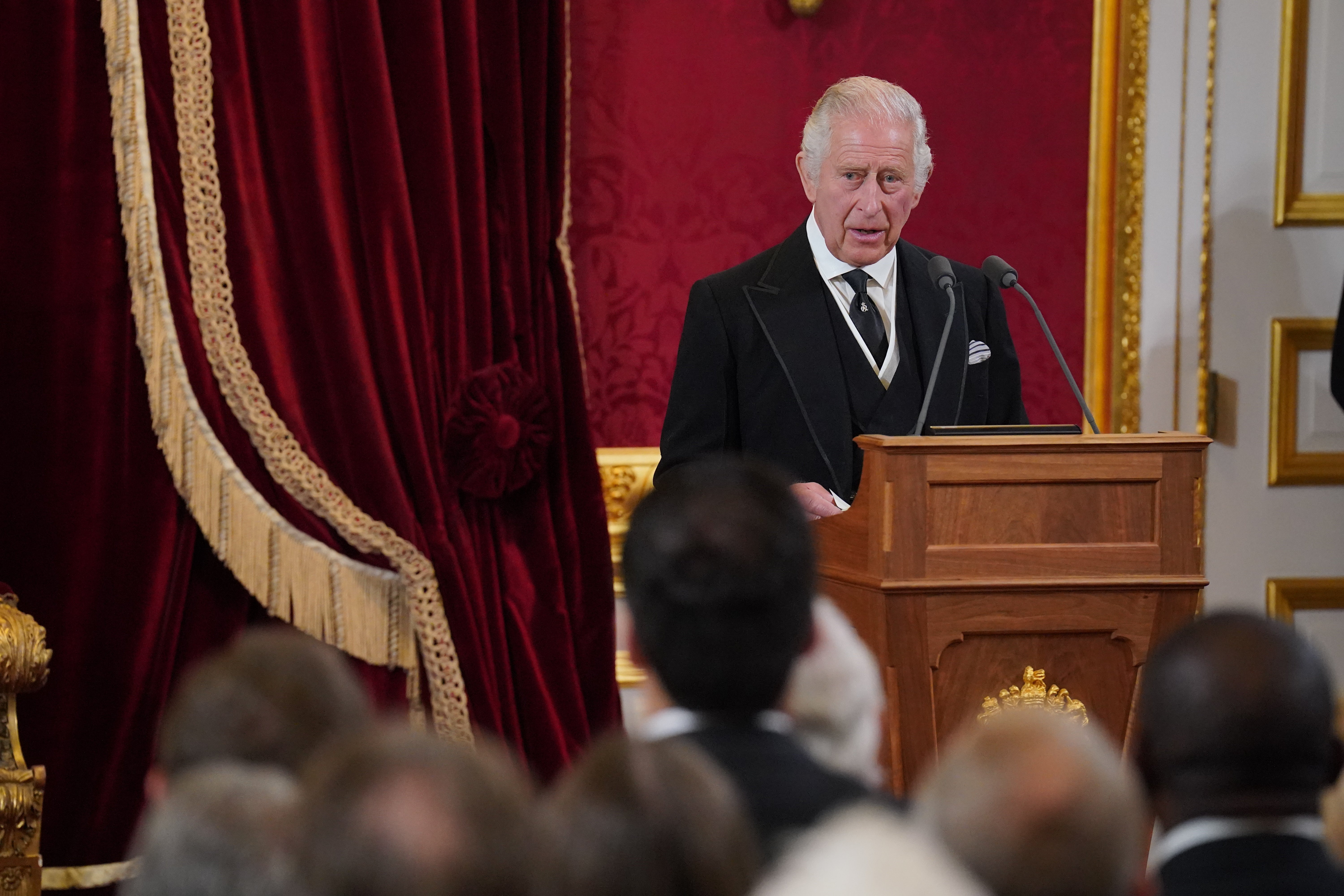King Charles Steps In to Save Struggling Scottish Orphanage
A small stone church in Aner, Scotland, became the backdrop of a heartwarming and transformative moment when King Charles made an unanticipated appearance during a congregation’s desperate plea for help.
Just as Ian finished his plea, a figure seated in the dimly lit back row stood. The church fell silent as the hooded figure revealed himself—it was King Charles.
Gasps echoed through the room as the monarch apologized for the dramatic entrance, explaining he had come simply to listen and learn.

The congregation was stunned further when King Charles announced his intention to visit the orphanage immediately. Braving the relentless storm, he walked the muddy path alongside Ian to witness the state of the building firsthand.
When the visit concluded, King Charles gathered the staff and Ian to share his thoughts. “Places like this orphanage are the heart of our communities,” he said. “They represent hope, resilience, and the promise of a better future.” Then came the moment no one could have foreseen: the King declared the orphanage would be placed under the protection of the Crown.
Two days later, under the crisp morning sun, the first steps of this promise materialized. A convoy of vehicles arrived at the orphanage, bringing supplies, repair crews, and a team of royal advisers. Workers immediately began fixing the leaks, replacing windows, and restoring the heating system. Crates filled with food, clothing, and school supplies were carried inside, bringing relief to the staff and joy to the children.
The King also unveiled a national charity campaign centered on the orphanage. Holding up a professionally rendered drawing created by one of the children, Charles explained that the image—depicting smiling children under a bright rainbow—would serve as the campaign’s symbol. The proceeds, he promised, would support not only this orphanage but similar institutions across the UK.
“This orphanage will serve as a model for what is possible when communities and institutions come together,” Charles said. “Every child deserves a home, safety, and love.”
Before departing, King Charles presented Ian with an envelope. Inside was a letter inviting him to join the Crown’s new Advisory Council for Youth Charities, a platform where Ian could help shape initiatives aimed at improving the lives of vulnerable children nationwide.
The transformation in the days following the King’s visit was palpable. The once somber halls of the orphanage were filled with laughter and joy, the children’s hope renewed.
Back at the church that evening, the congregation buzzed with excitement, whispering about the King’s intervention. Ian, reflecting on the events, knew this was more than just a rescue mission—it was the start of a larger movement, one that could bring lasting change to countless lives.
King Charles’s actions have reignited conversations about the role of the monarchy in modern society. His decisive intervention has shown that the Crown, when used as a force for good, can create tangible, meaningful change.

